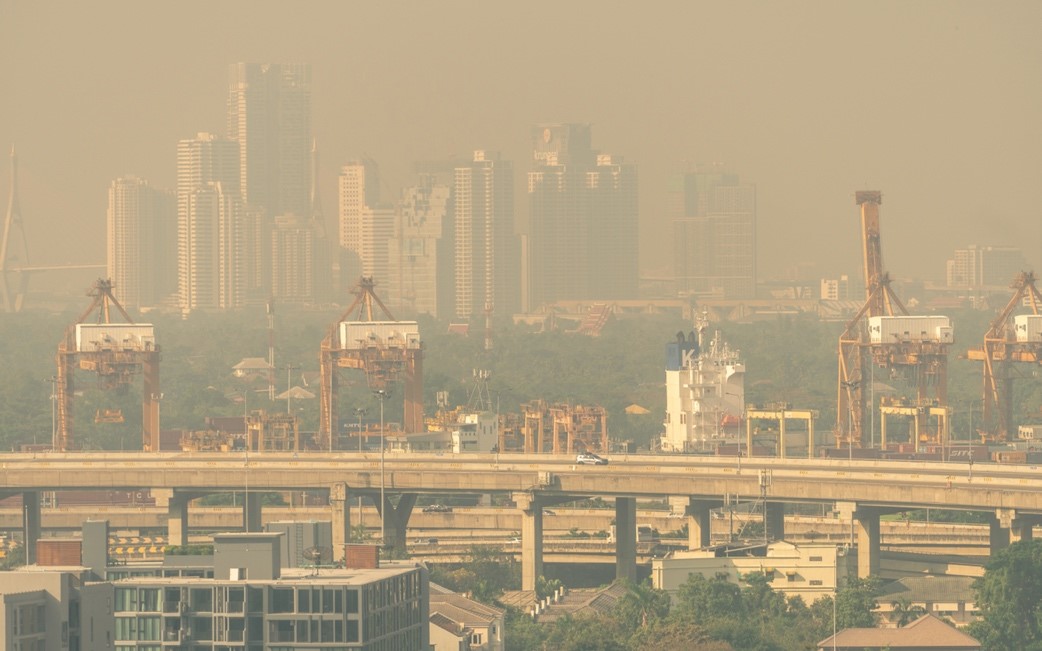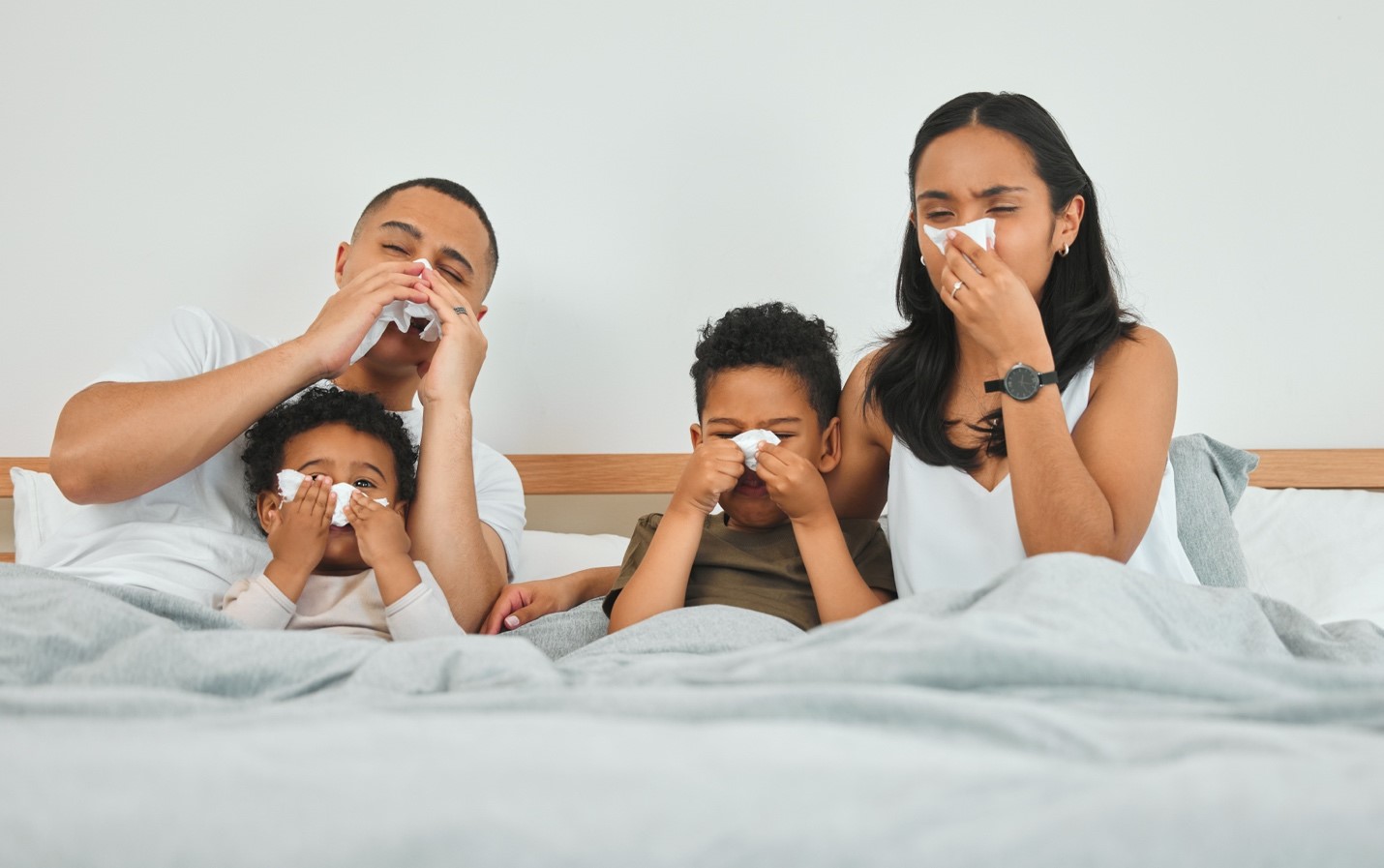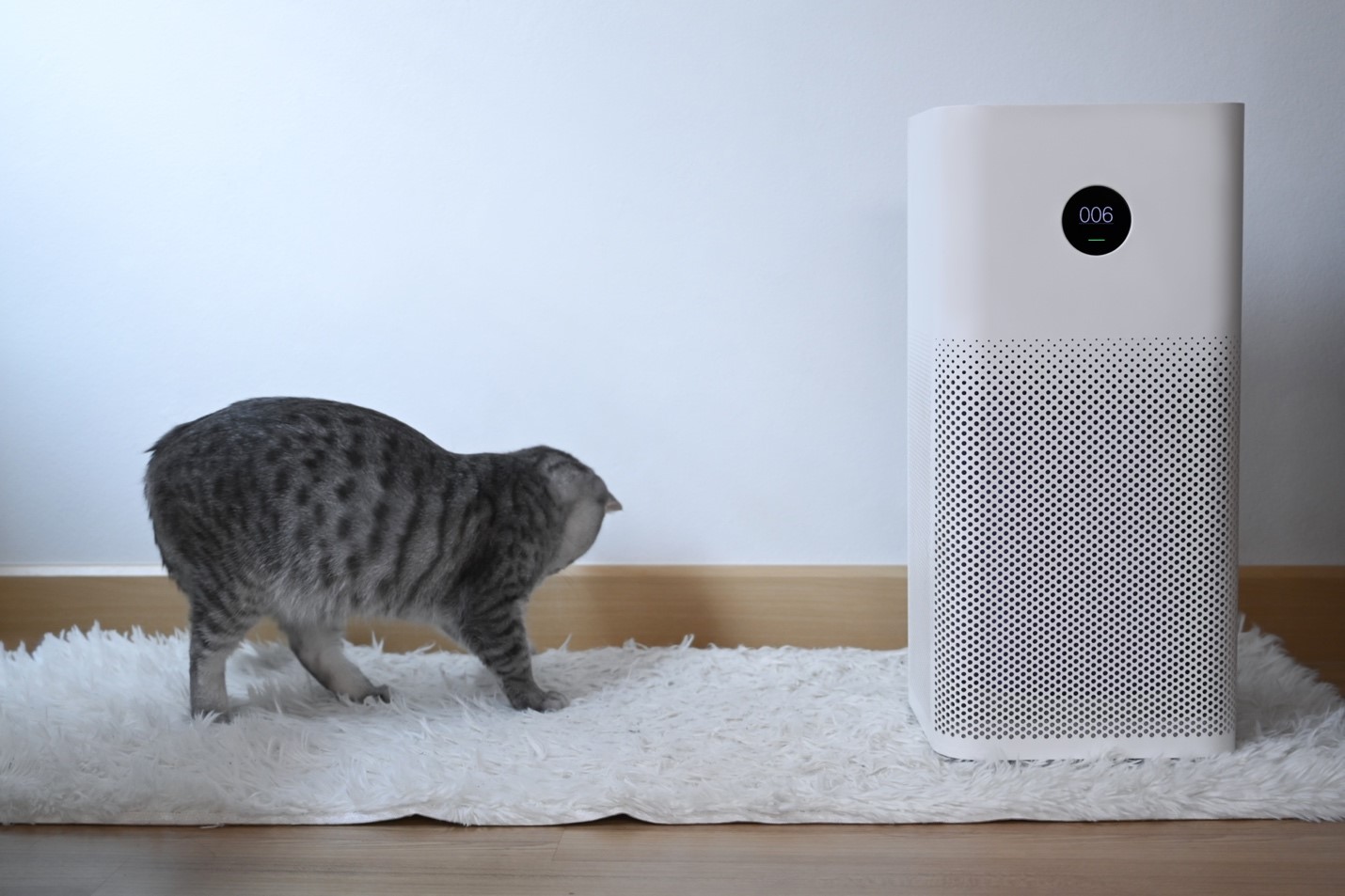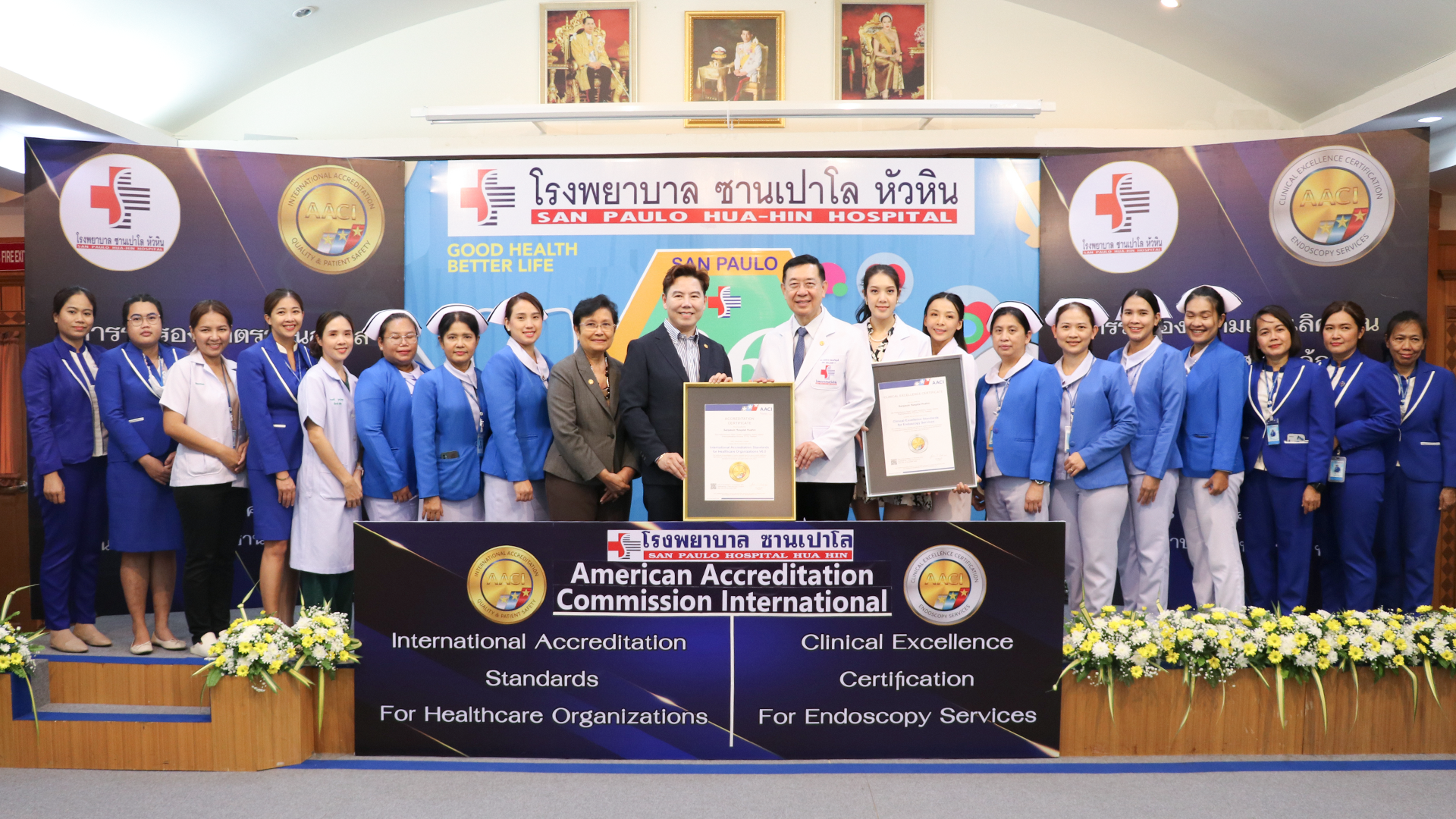ArokaGO News
•January 10, 2024
PM2.5 and Its Impact on Children's Health
Every year from December to March, a concerning phenomenon plagues the skies: air pollution. Due to the closed air environment during these months, there is a significant rise in patients suffering from respiratory and other diseases. It is imperative that people understand the detrimental effects of air pollution on health and learn how to prevent its consequences. This knowledge can help alleviate panic and equip individuals to handle dust-related situations effectively.
The ArokaGO Reporter
January 10, 2024

Every year from December to March, a concerning phenomenon plagues the skies: air pollution. Due to the closed air environment during these months, there is a significant rise in patients suffering from respiratory and other diseases. It is imperative that people understand the detrimental effects of air pollution on health and learn how to prevent its consequences. This knowledge can help alleviate panic and equip individuals to handle dust-related situations effectively.
PM2.5 refers to airborne particles with a diameter smaller than 2.5 microns, making them small enough to bypass the filtration of nasal hairs. These particles can enter the respiratory tract, penetrate deep into the alveoli, and even make their way into the bloodstream, causing harm to various body systems. In 2014, the World Health Organization revealed that exposure to PM2.5 dust results in approximately 3.7 million premature deaths annually, with a significant portion occurring in the western Pacific Ocean and Southeast Asia.

Short-Term Exposure Effects:
1. Inflammation of the respiratory tract, leading to symptoms such as difficulty breathing, burning nose, cough with phlegm, chest tightness, deflated air sacs, and reduced lung function.
2. Weakening of immunity, increasing susceptibility to lung and respiratory tract infections like influenza, bronchitis, and ear infections.
3. Delays in child development.
4. Adverse effects on the reproductive system, potentially leading to infertility.

Long-Term Exposure Effects:
1. Elevated risk of lung cancer.
2. Inflammation of blood vessels that may lead to conditions like ischemic heart disease, cerebral palsy, high blood pressure, and diabetes.
3. Development of chronic obstructive bronchial disease.
4. Skin or eye inflammation.
5. Premature skin aging, manifesting as dark spots and wrinkles, making individuals appear older than their age.
Individual susceptibility to PM2.5 exposure varies and depends on several factors, including:
1. Source of Dust: The origin of pollution, such as engine combustion, agricultural activities, or household burning.
2. Pollution Transport and Transformation: Weather conditions, including winter, dry weather, high air pressure, and stagnant air, can lead to the accumulation of pollutants.
3. Individual Conditions: Vulnerable groups include children, pregnant women, premature infants, low birth weight infants, individuals with tracheostomy, asthma, allergies, and the elderly. Factors like occupation, travel, school, workplace, and housing location can affect exposure levels and symptom severity.
Among these groups, children are particularly vulnerable due to their small size, faster breathing rate, and outdoor play behavior, which increases their chances of inhaling a significant amount of dust relative to their body weight. Asthmatic children are especially sensitive to PM2.5 and allergens, which can worsen their condition, potentially leading to emergency room visits or ICU admissions.

Pregnant women exposed to PM2.5 are at risk of fetal growth restriction and premature birth, especially if exposed during the third trimester. The elderly also face an increased risk of adverse effects, with PM2.5 being a significant cause of death in this demographic.
While factors related to the natural distribution of pollutants and the recipient's conditions are beyond control, efforts to manage pollution sources are crucial. Collaborative actions and pollution control measures are urgently needed to prevent long-term health problems.
PM2.5 dust particles, measuring less than 2.5 microns in diameter, have once again returned during the winter months. These elevated levels pose health risks to everyone, with children being particularly affected.
Dr. Weerawut Imsamran, Deputy Director-General of the Department of Medical Services, explains that PM2.5's adverse effects include symptoms such as a burning nose, runny nose, difficulty breathing, coughing, phlegm, sore throat, and skin rashes. Prolonged exposure can lead to intellectual and developmental abnormalities, increased vulnerability to pneumonia, exacerbated asthma and allergies, and an elevated risk of lung cancer.

Dr. Akarathan Jitnuyanont Director of Queen Sirikit National Institute of Child Health (Children' s Hospital), advises parents to limit their children's outdoor activities in areas with excessive dust levels. When indoors, it's essential to keep doors and windows tightly closed and use air purifiers with HEPA filters to reduce PM2.5 levels. For outdoor activities, infants and young children should wear N95 masks. Frequent nasal washing can also help ease breathing, and regular cleaning of homes and furniture with a damp cloth reduces indoor dust accumulation. If children exhibit symptoms like coughing, chest tightness, difficulty breathing, or unusual rashes, immediate medical attention is advised.
Understanding the risks and taking preventive measures can significantly reduce the health impact of PM2.5, particularly on children who are among the most vulnerable to its harmful effects.

Thailand Ranks 6th for Expat City Best Places in 2023
January 4, 2024

San Paolo Hua Hin Hospital Attains Prestigious AACI Accreditation
January 19, 2024